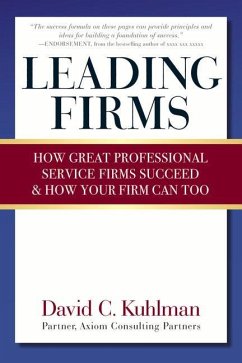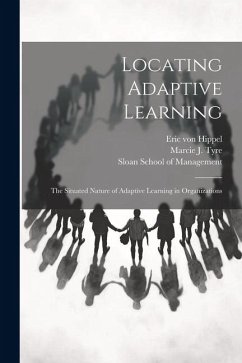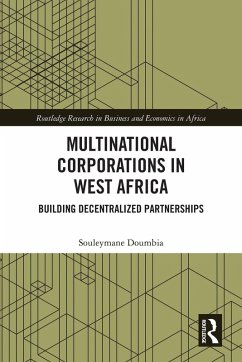
The Necessary Nature of Future Firms
Versandkostenfrei!
Versandfertig in 1-2 Wochen
128,99 €
inkl. MwSt.

PAYBACK Punkte
64 °P sammeln!
The business environment is now changing rapidly, but will change even more rapidly in the future. Only firms that can respond to these changes will survive. It is important to know, then, how business's future landscape will look. George Huber's new book, The Necessary Nature of Future Firms, describes this landscape clearly and credibly and makes explicit the organizational attributes and management practices firms must possess to be among the ranks of the "future firms." The Necessary Nature of Future Firms is written for managers, especially those managing change. Professionals in a wide v...
The business environment is now changing rapidly, but will change even more rapidly in the future. Only firms that can respond to these changes will survive. It is important to know, then, how business's future landscape will look. George Huber's new book, The Necessary Nature of Future Firms, describes this landscape clearly and credibly and makes explicit the organizational attributes and management practices firms must possess to be among the ranks of the "future firms." The Necessary Nature of Future Firms is written for managers, especially those managing change. Professionals in a wide variety of organizational roles will find it a particularly useful reference for its foresight and as an invaluable tool in winning approval for projects and initiatives. Academics in change management, information systems, organizational science, strategy, and human resources management can draw on the book as a supplementary text or as a source for lecture materials.














